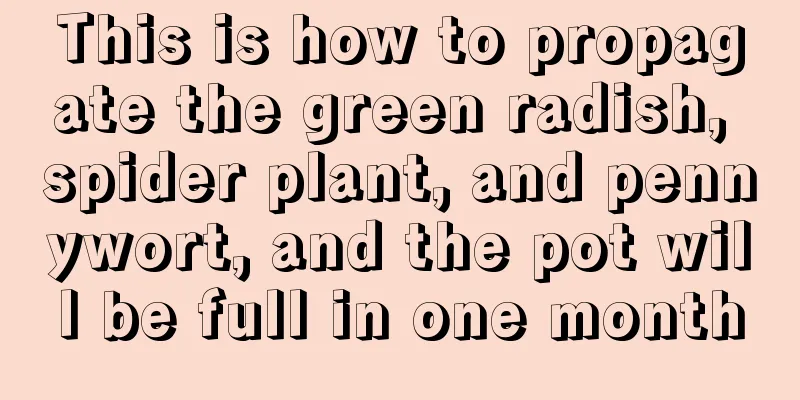Maintenance of tree stump bonsai

Spring maintenancePruningIn spring, tree stumps planted in outdoor pots should be carefully pruned before they sprout. The method is: cut off overlapping branches, thin branches, dead branches, parallel branches, and overgrown branches, leave growth branches and tie them up to achieve the purpose of perfect shape. Prune again when new branches grow to 5 to 10 cm. Pines cannot be cut with scissors. Instead, the unwanted parts should be pinched off by hand after the buds emerge but before they open. RepottingThe main situations that require repotting are as follows: watertight, too many roots in a disk shape, too much or too little soil in the pot; the proportions between the landscape and the pot are out of balance. When repotting, the soil should be fertile, loose, well-permeable, and have moderate pH. The best pot to choose is a purple clay pot. FertilizerFertilization requires small amount and frequent application, with organic fertilizer as the main fertilizer and inorganic fertilizer as the auxiliary fertilizer. When watering, the soil in the pot should be kept moist and not too dry, because the tree stump is in the germination stage and once the buds are scorched, it cannot be saved. In addition, more efforts should be made to prevent and control pests and diseases such as aphids. Summer maintenanceWater and fertilizerIn summer, the main thing is to control the moisture in the pot. During the rainy season, check the pot frequently for water accumulation. If there is water accumulation and root rot, remove the pot immediately and place it in a rain-proof place. Wait until the soil in the pot is somewhat dry before putting it back in the pot. During hot seasons, it is best to water the plants at night, check again the next morning and add water as needed, and avoid watering when the temperature is high at noon. Small bonsai and shallow pots should be placed on a sand tray, and shade-loving plants should not be exposed directly to the sun. Avoid fertilizing during high temperatures to prevent stump damage. Pest controlSummer is the peak season for diseases and insect pests. Prevention is the main focus. Pests must be discovered and pesticides sprayed in a timely manner. It is best not to use the same pesticide continuously. |
<<: Rare fruit-bearing golden marble bonsai
>>: How to make succulent bonsai
Recommend
How to Plant Red Da Nei Jade
Soil preparation 1 part perlite + 1 part vermicul...
Hydrangea cutting time and method
Hydrangea cutting time Hydrangeas can be propagat...
When is the best season to plant poplars?
Poplar Planting Season and Time Poplar planting i...
100 pots of succulents turned into spiced barbecue, rescue them quickly, otherwise only the pots will be left!
Meat becomes air-dried meat Reason: The moisture ...
How to care for the newly bought golden sedge
1. How to deal with the newly bought golden sedge...
Can melon seed shells be used as fertilizer?
Melon seed shells as fertilizer If there are too ...
Cultivation methods and precautions of Jihonghuayue (How to care for Jihonghuayue succulents)
Jihonghuayue, also known as Jihuayue, is a succul...
How to grow hydroponic Green Princess more vigorously
Green Princess is a perennial evergreen foliage p...
Diseases and Pests of Gerbera and Their Control
Diseases and their control of gerbera Spot diseas...
How to grow daisies
Planting and maintenance 1. Sow seeds in the pott...
How to cultivate Artemisia serrata
1. Maintenance methods 1. Temperature: It is not ...
Lentil cultivation methods and precautions
1. Maintenance methods 1. Temperature: It likes a...
Cultivation methods and precautions of Four Seasons Red Camellia
The four-season red camellia is a relatively easy...
What is the value of grape hyacinths?
The Value of Grape Hyacinth Ornamental value In t...
It only takes 5 seconds to know whether your flowers need watering
1. Tapping method Use your finger joints to gentl...









